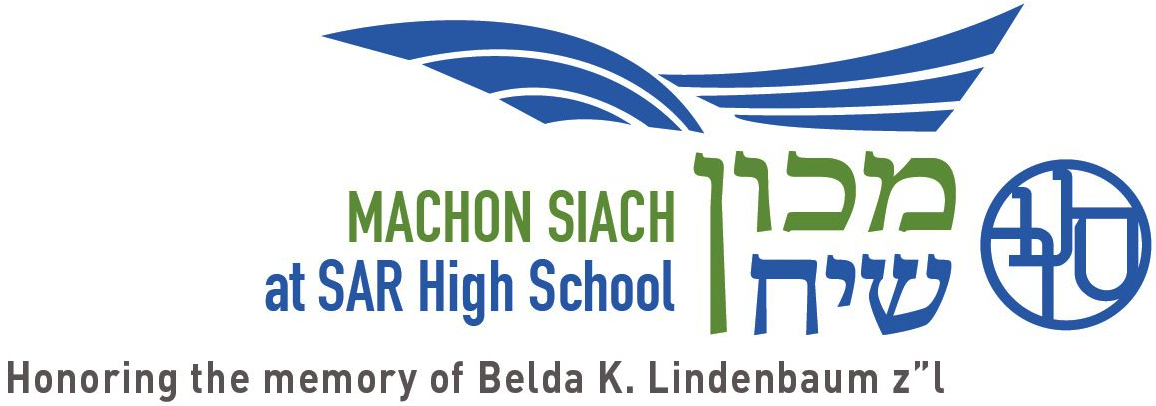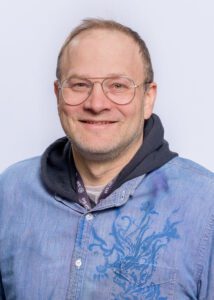
Alight Me’erim: When Words Fail, We Create
I keep trying to write about this project, but every word feels wrong. It’s like trying on a shirt that’s the wrong fabric, or maybe no clothing can fit the shapeshifting nature of us as a people confronting hate, grief, loss, war, and isolation. Nothing I write does justice to the magnitude of what a post-October 7th world has revealed.
Maybe that’s where this has to start—with the admission that words alone fail.
After October 7th, when the world stopped making sense, when this new-old feeling that maybe hate and our brokenness are just too much, I found myself reaching not for explanations but for something else entirely. The Jewish community was confronting the same understanding: we were living in a reality where our previous ways of making meaning had shattered.
A student, a junior at the time, Batya Sperling-Milner, had the original idea to use birds as a metaphor for this moment, and it became the seed for something much larger. This single image sparked the Alight Me’erim project: an open call to our entire community to use the trope of birds as a way to depict our post-October 7th world. We invited everyone—students, teachers, faculty—to create art that would help us process what felt impossible to understand. The word “alight” carries both meanings we needed: to settle delicately, like a bird landing, and to be set on fire. We were, all of us, trying to land somewhere safe while burning with everything we couldn’t name.
What began as individual artistic responses gradually evolved into something more ambitious. With a grant from the Covenant Foundation, we had the resources to transform these separate creative voices into a unified, multi-sensory experience. The project became an animation that wove together a range of expressive forms—visual art, music, spoken word poetry—into what could only be described as a kind of communal prayer.
My colleague in SAR’s Fine Arts Department, Barthelmy Atsin, devoted countless hours to bringing this vision to life through animation, piecing together our collective artwork—birds created with masking tape and numbers marking time like Rachel Goldberg-Polin’s daily count—into a moving tapestry that carried all our voices. His technical mastery transformed individual pieces into a flowing narrative that captured both our fragmentation and our unity. The collaboration grew organically. History teacher David Steere created a series of drawings of birds native to Israel. Eleventh grader Mali Goldberg-Kellman shared her spoken word poetry. The SAR choir (Kol Hakaveret) lent their voices; the string ensemble added musical layers. Student artwork sat alongside faculty work with no hierarchy—each contribution becoming one voice in a much larger chorus.
There’s an ancient teaching about the Temple incense that speaks to this process. The sacred ketoret described in Exodus was composed of nātāf (stacte), shechelet (onycha), chelbanah (galbanum), and levonah zakah (pure frankincense). The Talmud tells us that chelbanah had an unpleasant odor on its own, yet when combined with the other spices, it enhanced the entire mixture, creating something beautiful that could be smelled throughout the Temple and beyond. The harsh element became essential to the whole.
For our project, the raw grief, the anger, the confusion, the helplessness—these weren’t beautiful on their own. But when combined with hope, with community, with creative expression, with the shared determination not to be broken, they created something that elevated all of us. We gathered together the sometimes ill-smelling ingredients of our experience as a community and found ways to make a transcendent fragrance.
The challenge of creating art for an ongoing conflict weighs heavily. How do you make something meaningful when each day brings new grief? Unlike historical events that can be processed with hindsight’s clarity, this project had to hold space for the unknown, for the continuing count of days, for the reality that resolution might not come. We were creating in real time, responding to a wound still bleeding.
But maybe that’s exactly what made it necessary. When words fail, when traditional roles and hierarchies no longer serve, when the comfortable separations between teacher and student, artist and audience, sacred and secular have been shattered—that’s when we most need to make something together.
I think of Rachel Goldberg-Polin’s eloquence and invention, which can only be the product of her choosing to push forward in a world where her Hersh has been stolen from her. I think of the “theater” that hostage Omer Shem Tov found in his subterranean pit of a prison, where he asks God how God is doing—this creative force that makes us alive and cuts beyond narrow definitions, beyond the quick labels that let our enemies know if we are friend or foe.
The Alight Me’erim project hoped to be a form of prayer, of resistance, of insistence that the creative force in us cannot be extinguished. The project may continue to evolve beyond this video as the conflict continues. The hope is that this video will create a space for other creative responses. Each contribution adds to our collective voice—not answers, but the richness of questions that make us more fully human.
From the depths we call out to each other, and in that calling, we discover that the most profound responses happen not when we have words for our experience but when we create space for what can’t be spoken. We gave each other permission to create even when—especially when—we didn’t know what we were creating.
Maybe this is what communities need: not the finished product, not the perfect response, but permission to begin from the place of not knowing, from the ill fit, from the broken machine that somehow still dances. The invitation to alight together, to land and burn simultaneously, to discover that in our shared creative response to what cannot be comprehended, we find not answers but something more precious—the space to be human together in all our shapeshifting, grief-filled, hope-carrying complexity.
Click here experience Alight /Me’erim: https://youtu.be/KRywnD0E0g4



